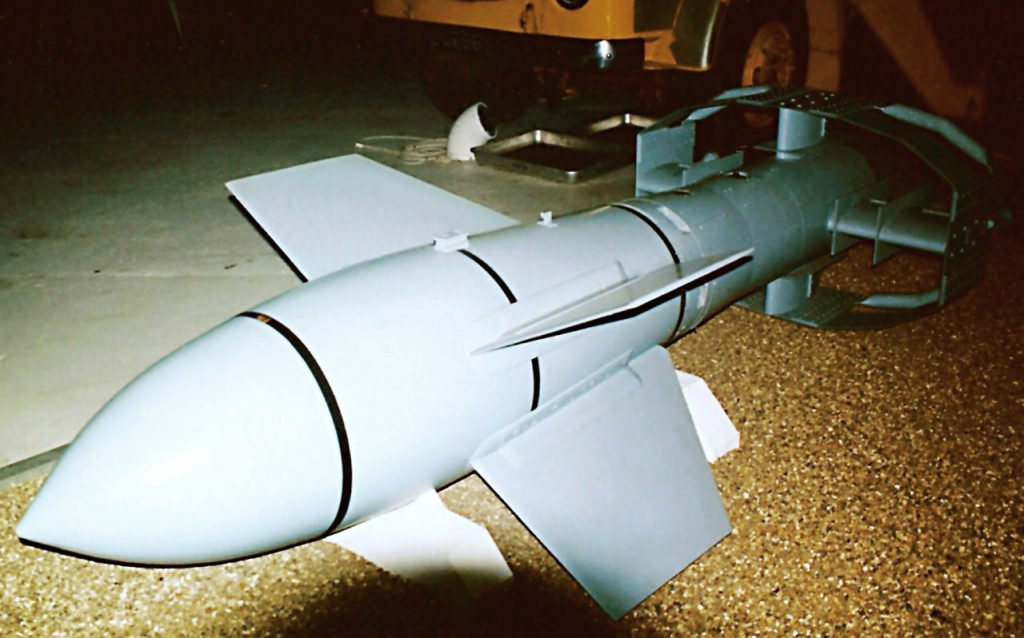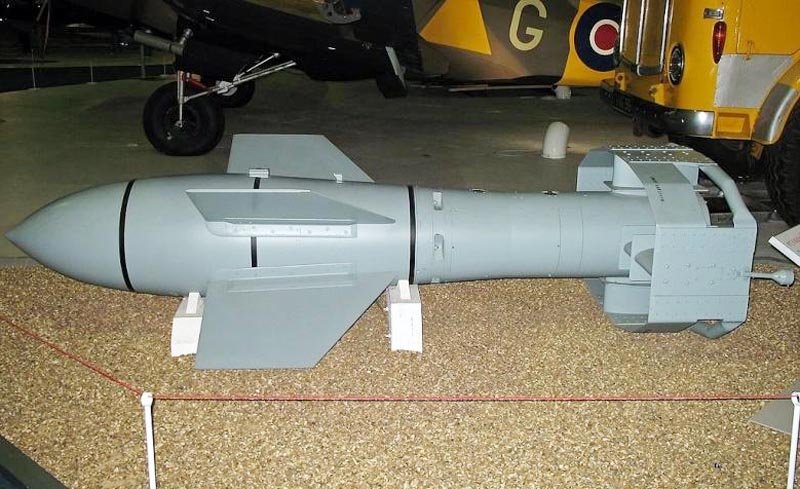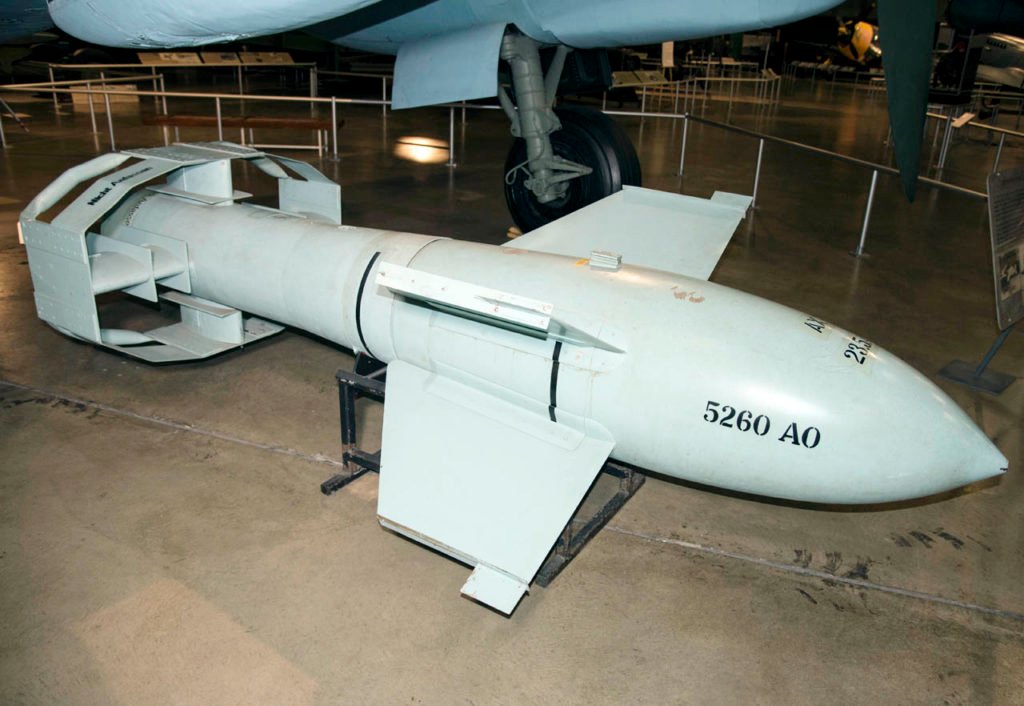FRITZ-X gallery












(Type 87 RCV prototype image). After WWII, the Japanese armed forces were dependent on American supplies to equip a new army,...
(Jaguar prototype mock-up image). The beginnings for a new armoured reconnaissance and combat vehicle (EBRC) began in 2009 when the French...
(Akv-151 prototype image). It all started in 1949 when the Kungliga Arméförvaltningen (KAF), (Royal Swedish Army Material Administration) requested a new...